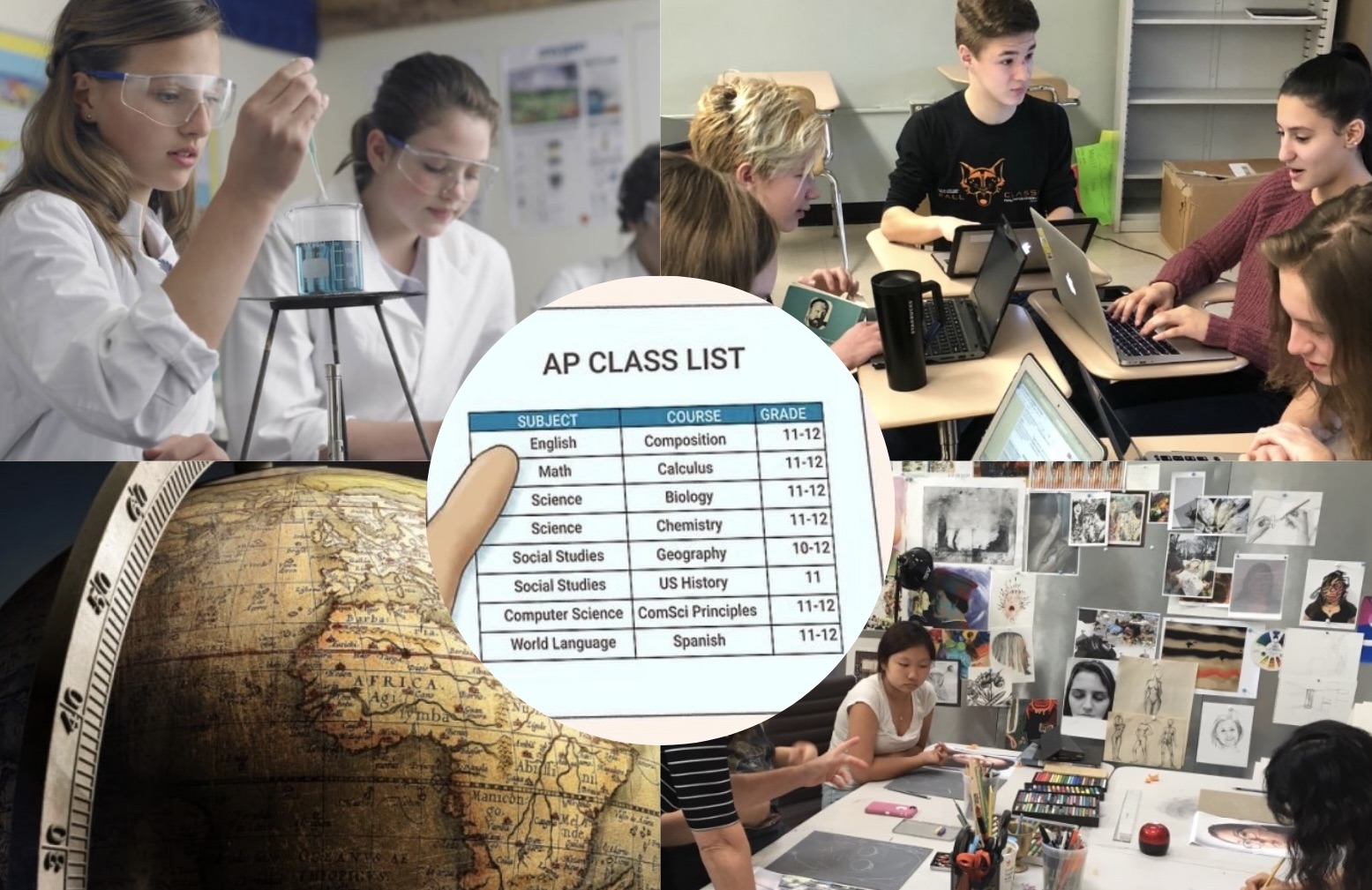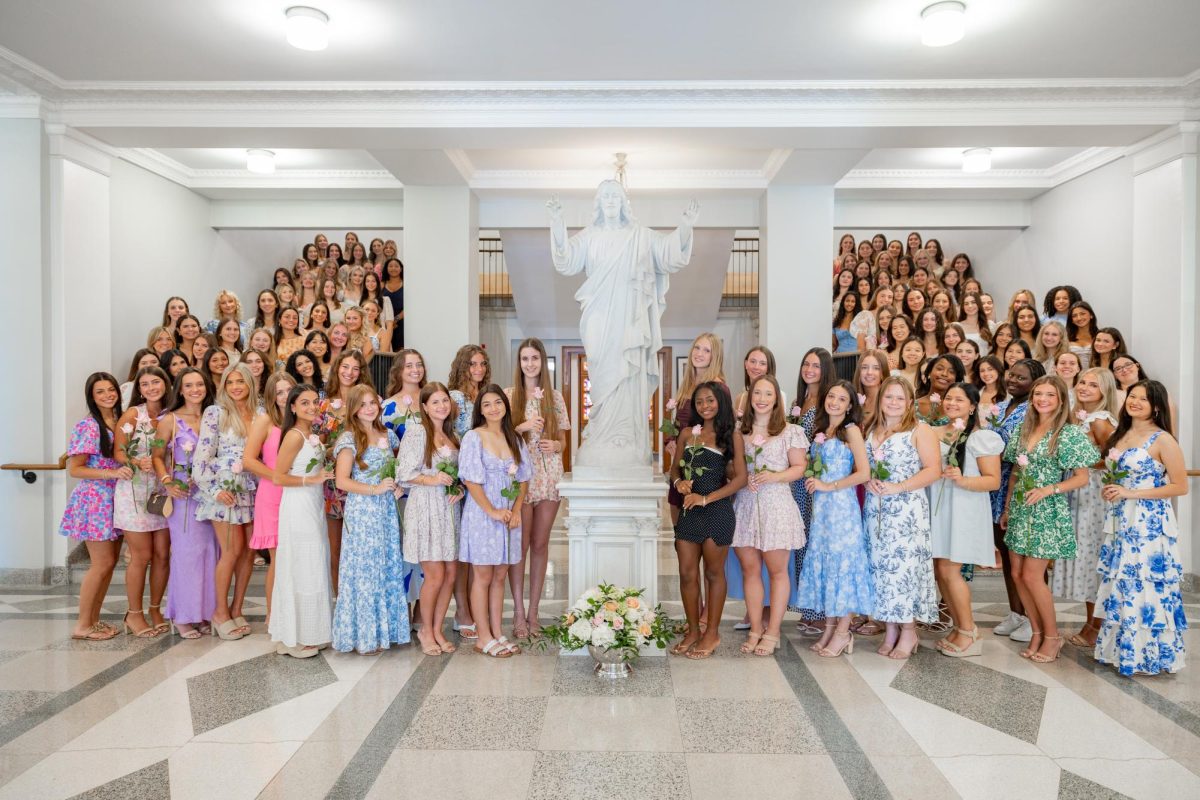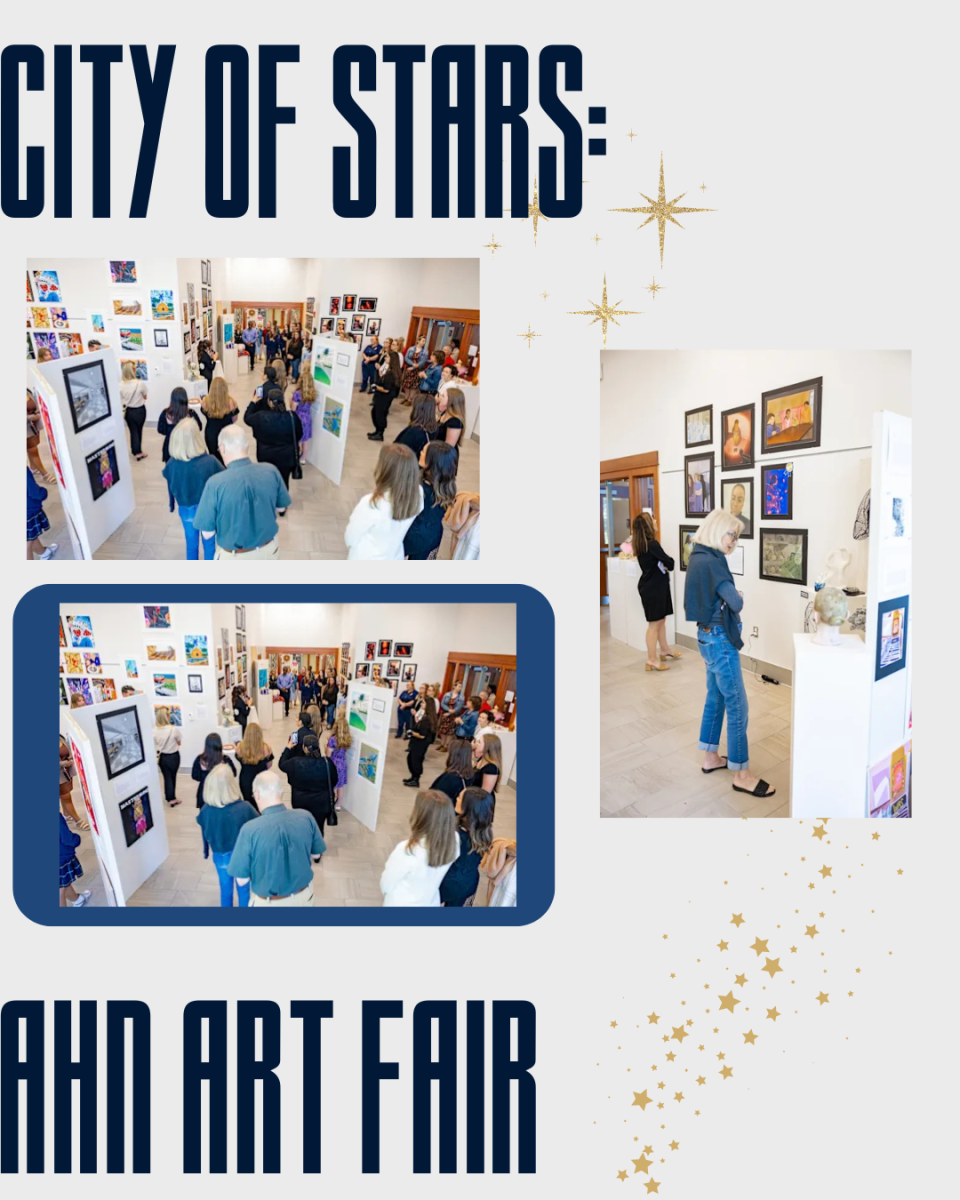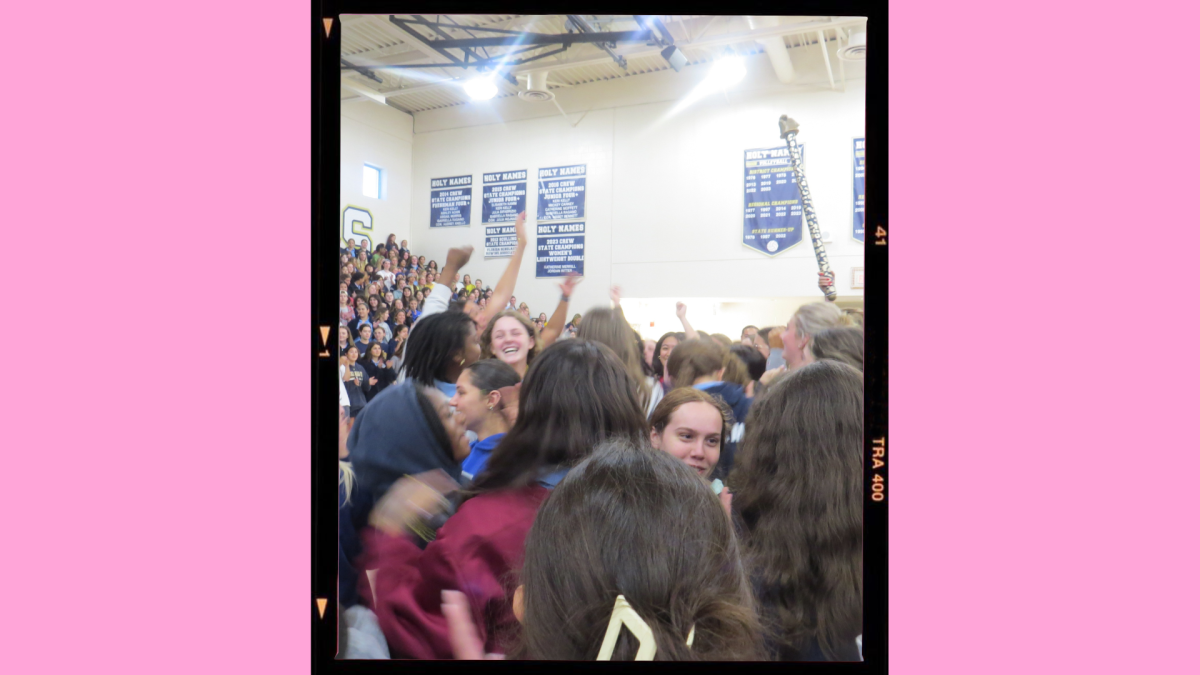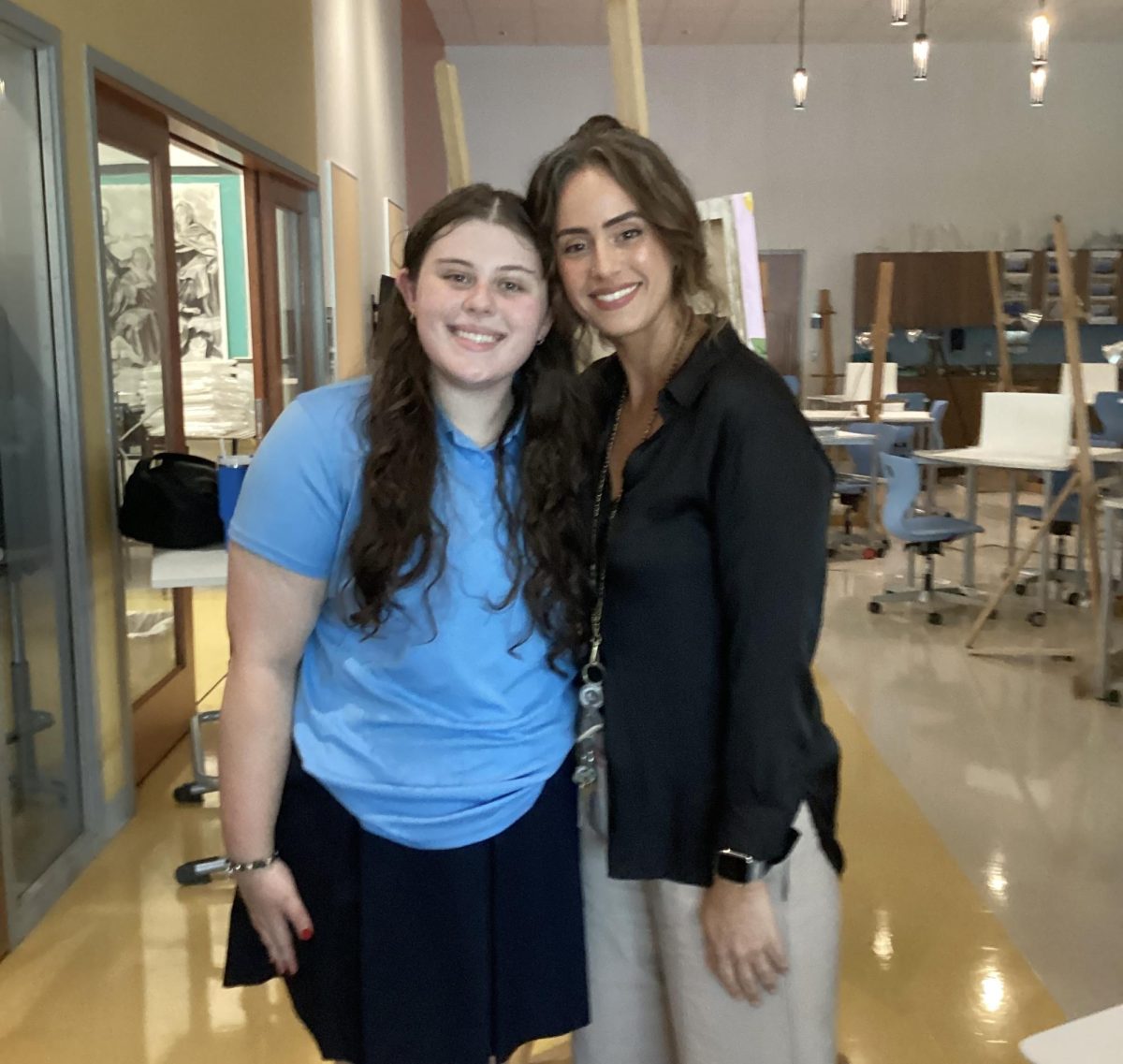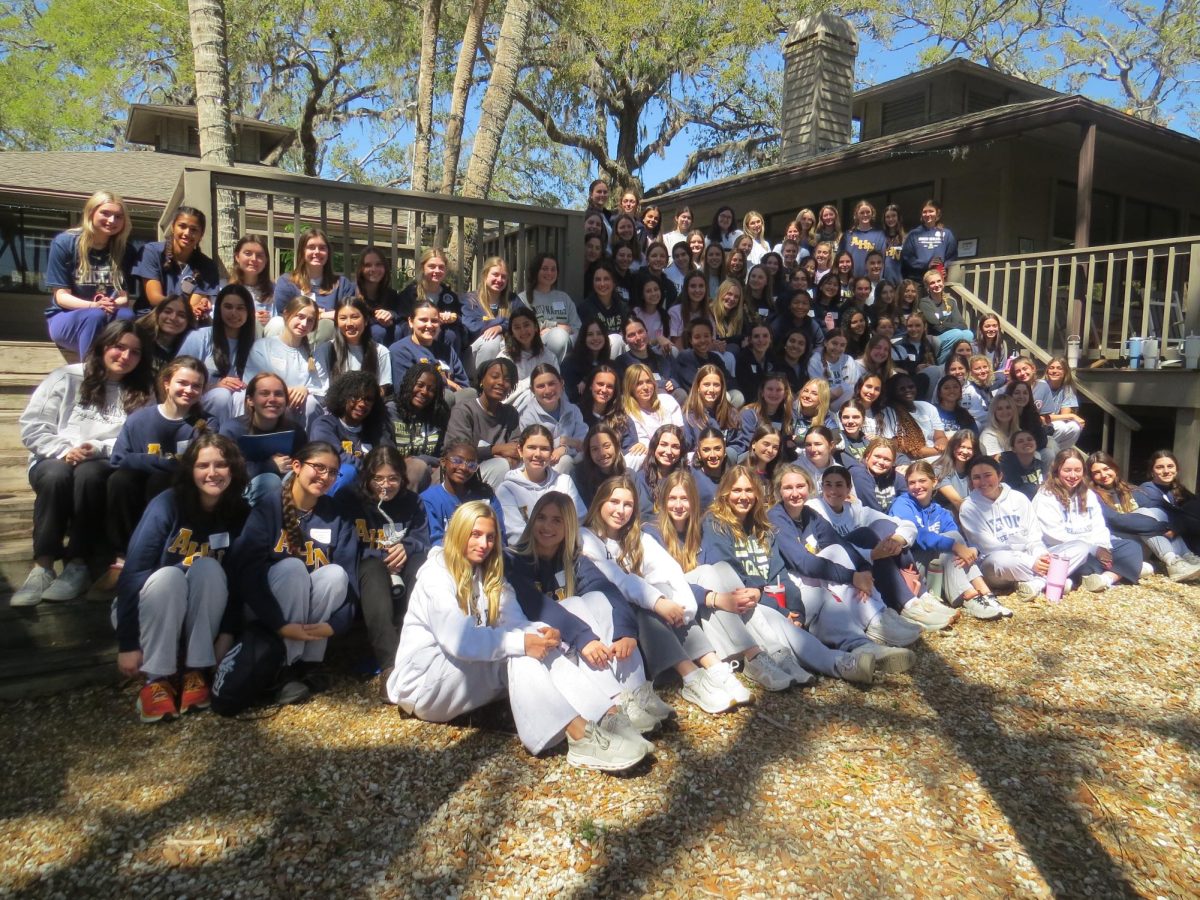The time has come for a difficult decision all students have to make: which classes one will take next year. It is to be noted that it is important to have rigor in each class, but not to the point of excessive stress, where academics overtake one’s life. In addition, every student has different opinions on each class, and learning from others’ experiences can be extremely helpful when deciding what to study in the next grade level. Exploring students’ favorite classes can be helpful when deciding which ones to enroll in for the next school year.
Advanced Placement (AP) Human Geography is a well-liked social studies class across Academy students. While there’s a common misperception that it is memorizing which countries are where, the class actually studies how humans interact with each other, and covers topics including language, culture, political geography, and religion, which emphasizes how the topic differs across the world. Commonly taken as the main social studies class for freshmen, every other grade level is given the opportunity to take the course as an elective.
Freshman Haley Ricca has really enjoyed the new AP curriculum with AP Human Geography: Ricca says,“Learning about the world’s demographics and culture is so interesting to learn about. In addition it is an easier AP to begin my highschool career with.”
Darkroom Photography is a second-level fine arts class, where students learn how to develop their own film. The course covers a history of photography, learn how to take photos, utilize a dark room to create aesthetically pleasing photos, and communicate their passions through photography. It is generally one of the best-liked art courses across academy students.
Sophomore Mia Debourg discovers a passion for photography with Darkroom photography, “It was really fun being able to take cool pictures, and the process to develop film was actually fascinating” she says.
View this post on Instagram
AP English Language and Composition is a college-level English course that studies both nonfiction and fiction to give students an advancement in their critical thinking. The AP exam covers literature from all historical periods, giving students a wide range of time of literature to become familiar with. It is important to comprehend the material, while actively reading, writing, and analyzing the texts presented in class.
Junior Justine Pe Aguirre loves AP Lang. Pe Aguirre says, “I like AP Language because I enjoy writing, and feel AP lang has given me the opportunity to grow my writing skills. As much as it is stressful, the timed essay allows me to create well-crafted pieces under pressure”
Forensic Science 1 Honors is a science elective open to juniors and seniors, that immerses them with a curriculum covering crime scene investigation. The students learn about finding evidence, participate in labs, and also go in-depth with topics covering blood analysis and fingerprints. Trigonometry is also an important aspect of the class, so a solid foundation in trigonometry would be a bonus before participating in the course.
Laina Sutton ‘24 finds fun in Forensic Science 1 Honors: Sutton says, “Ms. Price is very funny and nice, which makes for a fun environment and the content is fascinating to learn about since it covers a lot of material with crimes.”
AP World History Modern is an in-depth AP social studies course, intended for sophomores or an elective for juniors and seniors, that covers the continuities and changes from 1200 to now, learning the major events that have developed the world to how it is today. The main themes of the course are cultural interactions, governance, and agriculture. Students can recall how different societies have developed over time, and analyze how the standard of living has changed from events including the Columbian exchange, the Protestant Reformation, the Industrial Revolution, and the World Wars. Students also learn how to analyze documents at a deeper level, begin crafting AP-style essays like DBQs and LEQs, and are exposed to more difficult level social studies classes, preparing them for others like AP U.S. History, and AP Government.
Social Studies teacher Ms.McKeon dives in deep with AP World History Modern: Ms. McKeon says, “The redesign has been really helpful to teach the wide range of curriculum, and it has been my first time teaching the course since the redesign. I also bond more extensively with my students and the curriculum since it is a year-long class as opposed to my semester-long courses including Government, 20th century, and economics.”
Ultimately, the wide array of opportunities allows students to explore interesting classes, gives them a balance in academics, and pushes them to be at their best academic level. Whether one takes three science classes, or achieves musical excellence, the course selection program will give students new opportunities for the upcoming year.


